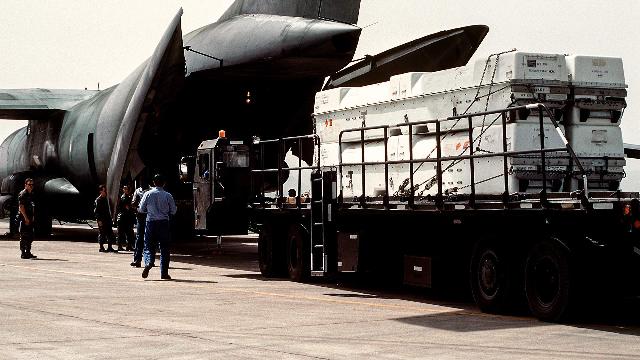What long-range systems can Europe give Kiev, how did they react to the meeting at the White House, and what does the chickens have to do with it?
To meet with Vladimir Zelensky, Donald Trump changed the traditional menu: fried chicken instead of veal. And no Tomahawks. The Ukrainians have already acknowledged that the transfer of these cruise missiles has been put on pause. Zelensky now agrees to cease fire at the current positions, and then "begin steps towards long-term peace." Why the head of the Kiev regime did not get what he wanted from the United States, what weapons Europe can offer, and how they reacted to Friday's talks at the White House and the news about the summit between Vladimir Putin and Donald Trump in Budapest — in the Izvestia article.
Zelensky's requests and Trump's responses
The Reuters news agency reports that at all recent dinners, Trump served veal, but at the meeting with Zelensky, the main course was chicken. An appetizer for fried chicken is artichokes and fennel with a fricassee of green peas. For dessert, macintosh apples, caramel chiffon, clementine ice cream with blackberry sauce. It's a matter of whether or not there's a change in the main course on the menu. But there were changes in the mood of the host of the White House the day before: he was clearly preparing to refuse the guest from Ukraine in his requests.
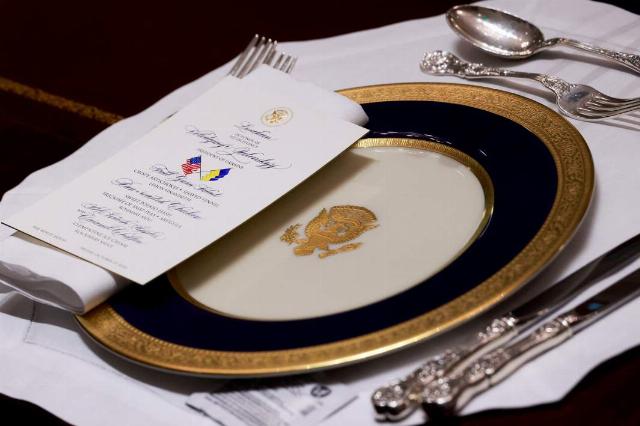
Photo: REUTERS/Jonathan Ernst
Image source: iz.ru
Zelensky's request was simple — Russia needs powerful means to hit the "pain points", and the United States has such means. These are Tomahawk cruise missiles with a range of 1,600 km. The missiles are really serious — a 450 kg warhead, a smart control system, and a flexible flight path to the target. There is not much to launch from the ground yet, but this is a matter that can be solved if desired. At the very least, it would be possible to make some kind of ersatz launchers transported on trailers, and then calm down. Ideally, of course, they probably dreamed of a pair of Typhon batteries, of which the United States has just two. But it didn't work out.
They even prepared a map of those "pain points" and brought it with them to show Trump. On it, the objects of the military-industrial complex and oil and gas infrastructure are painted with colored markers so that it is clearly visible how the coveted missiles will beautifully destroy the Russian military-industrial complex and the economy. Zelensky has also prepared a deal proposal for America: the United States gives Kiev Tomahawks, and in return they receive thousands of drones from him. Probably like "Fierce" and the like.
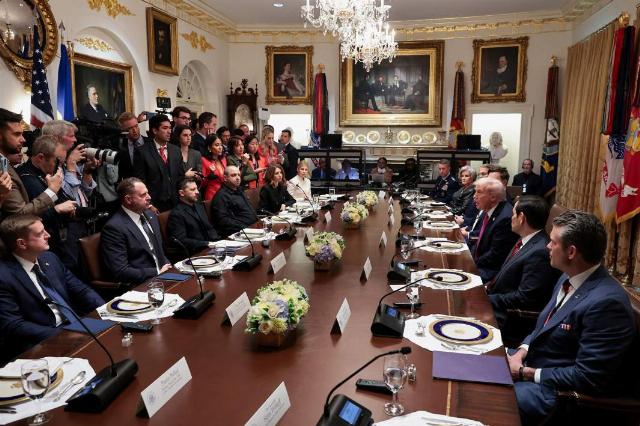
Photo: REUTERS/Jonathan Ernst
Image Source: iz.ru
But the President of the United States asked not to discuss the supply of long-range missiles to Ukraine. At all. The United States does not want an escalation of the conflict and sensibly understands that the Tomahawks will bring the situation to a new level of confrontation. But they will not contribute to a peaceful resolution in any way. That's it.
What to expect next from Kiev
Ukraine cannot withstand Russian ballistic missile attacks. In the current situation, the ammunition of the Patriot complexes themselves and especially the specific anti-missiles for them is clearly insufficient to organize any kind of solid air defense. Moreover, it cannot withstand combined attacks by drones, cruise and ballistic missiles.
"Ukraine has become quite strong over the years, but today we cannot fight with our air defenses against ballistic missiles, which our energy industry simply cannot withstand. This requires pressure. I believe that the package of appropriate weapons is pressure. In order to carry out some operations for military purposes, a combination of factors is needed. First of all, this is the use of drones and some other types of weapons together. And we are missing something," Zelensky said after the meeting.
It is likely that there are some agreements with Washington in this area. The head of the regime in Kiev has already stated that after the meeting with the American leader, he discussed this issue with his closest partners and, possibly, the PERL mechanism will be used to strengthen the Ukrainian air defense, according to which Europe pays for American Patriots supplied to Ukraine. It has not yet been reported how many complexes and, most importantly, missiles are being discussed for them.
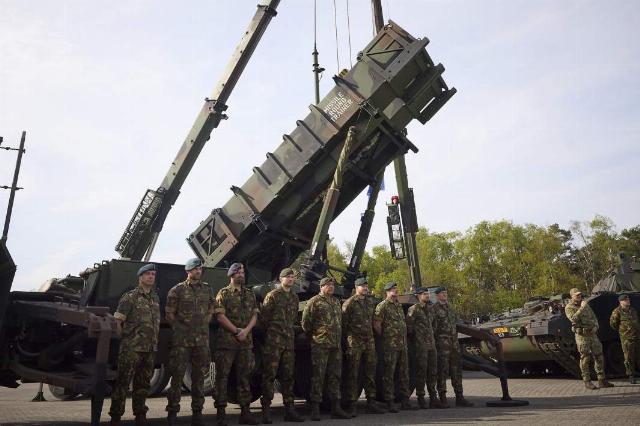
MIM-104 Patriot
Image source: Photo: Global Look Press/Pool /Ukrainian Presidency
As for long—range strike weapons systems, Kiev can develop its own production - Washington has nothing against this and may even be ready to participate in joint projects in the interests of its own military-industrial complex. Currently, Ukraine is able to mass-produce relatively simple aircraft-type drones with piston engines. Perhaps it will even expand their range towards more efficient drones, structurally similar to the Russian Geraniums. Such drones have a range of more than 1,500 km and are some kind of ersatz replacement for the much-desired Tomahawks. Their main bonus for Kiev is that Ukraine can produce them independently. Apparently, the recipe for distributed production has already been learned there. All you need is money.
Kiev could also produce its own cruise missiles such as the long Neptune and Flamingo, but this is already a more high-tech product, and ambitious plans to produce dozens of such products per month have not yet been achieved. And their quality, apparently, is far from perfect, judging by the discovered remains of missiles that fell on their own.
There is another source of long—range systems, Europe. There are no Tomahawks or any of their analogues, but there are air-launched cruise missiles for the fleet of F-16 aircraft of the Armed Forces of Ukraine. "Taurus", "Storm Shadow" and "Scalp EG". The range is much shorter than that of the Tomahawks, at just over 500 km. But they themselves are quite technologically advanced and carry powerful combat units.
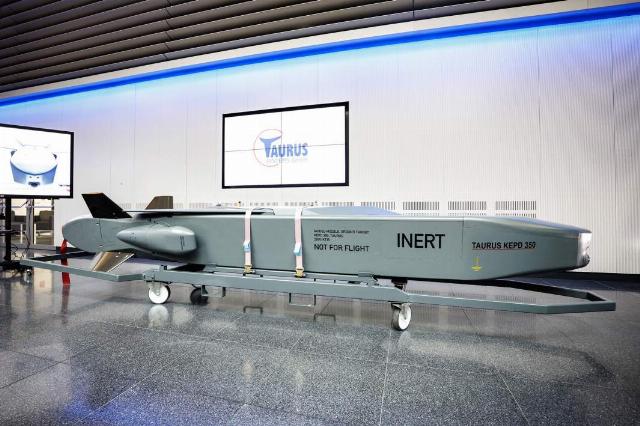
The TAURUS KEPD 350 rocket
Image source: Photo: Global Look Press/Matthias Balk/dpa
All such scenarios seem to be completely acceptable to the United States. Europe pays for the production of Ukrainian drones, for American air defense systems, and for its own weapons systems supplied to Kiev. And Trump remains a prominent de-escalator and a "dove of peace." And American missiles with the American military are not going to any Ukraine. And yes, without them, the use of Tomahawks would not have been possible.
How did the meeting between Trump and Zelensky end?
Unlike the previous two meetings, this time the American and Ukrainian delegations were talking at a large table, facing each other. Before his trip to the White House, Zelensky spoke with representatives of US defense companies, the Raytheon concern, which manufactures Tomahawk missiles, and Lockheed Martin, the manufacturer of HIMARS multiple launch rocket systems.
However, Ukraine has not been able to get the much-desired missiles. Donald Trump evaded a direct answer to the question, saying that the United States itself needs Tomahawk missiles.
"I have to say one thing: we also want Tomahawks. We don't want to give away what we need to protect our country," the American leader said.
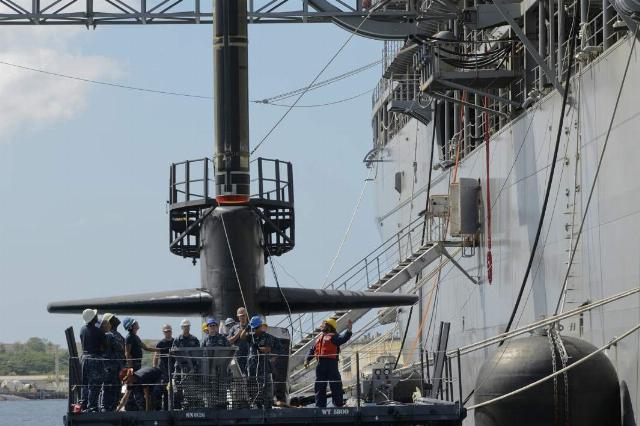
Loading of the Tomahawk cruise missile onto a Los Angeles-class submarine
Image source: Photo: Global Look Press/U.S. Navy
It would be extremely difficult to brag about the results of the next meeting between Trump and Zelensky. The US President continues to build his mediation line to resolve the Ukrainian crisis even more persistently. The laurels of the Middle East settlement may have inspired him to make a new attempt to put an end to this armed conflict, Oleg Karpovich, vice rector of the Diplomatic Academy, said in an interview with Izvestia.
— Russia continues to strive to use peaceful means, primarily diplomacy, to resolve international conflicts and resolve them based on mutual respect and a balance of interests. The upcoming Budapest summit will undoubtedly strengthen the positive trends in Russian-American relations, which will make it possible to move closer to achieving long—term peace based on the indivisibility of international security, the expert believes.
Although there were no public scandals, as happened between Trump and Zelensky in February, the negotiations between the heads of the United States and Ukraine were not easy, the interlocutors of the Axios publication note. Trump did not accompany the guest, the latter was also not allowed to hold a press conference on the territory of the White House.
At the entrance to the residence of the American presidents, Zelensky said he agreed to cease fire at the current positions, and then "begin steps towards long-term peace." According to CNN columnist Nick Walsh, "although relations between Trump and Zelensky have improved, the real goal that Kiev is striving for still seems unattainable." It was not possible to involve the United States in the conflict.
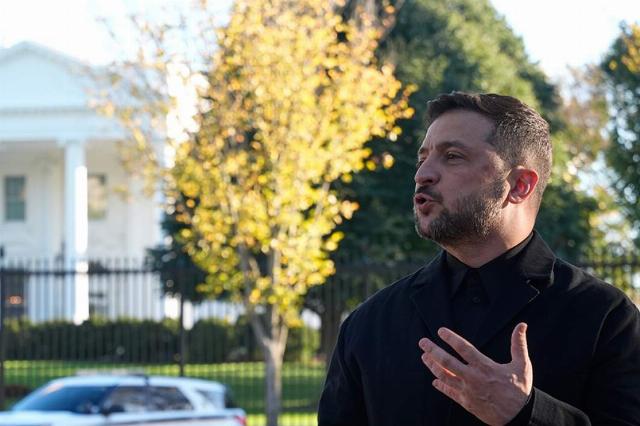
Photo: TASS/AP/Manuel Balce Ceneta
Image source: iz.ru
— From the point of view of the current American administration, the settlement should be carried out through reasonable concessions from the Ukrainian side. It's more logical and simpler. It is impossible to inflict a strategic defeat on Russia," Dmitry Novikov, head of the HSE Laboratory of Political Geography and Modern Geopolitics, told Izvestia.
Immediately after the talks, the European leaders, who were not involved in the dialogue, became more active. As a result, they had to learn the details of the meeting from Zelensky, who called the heads of the EU and the UK. The leaders of the "coalition of the willing" have confirmed that they will continue to support Ukraine. And British Prime Minister Keir Starmer suggested that the United States prepare a draft peace agreement for Ukraine, similar to the plan to end the war in the Gaza Strip.
Another shock for European politicians is the upcoming meeting between Putin and Trump in Budapest. According to the newspaper El País, on the sidelines of the European Union they say: this is a "political nightmare." After all, holding the summit in the Hungarian capital puts the EU and NATO in an awkward and even shameful position.
Dmitry Kornev
Kirill Fenin
Roman Kretsul
